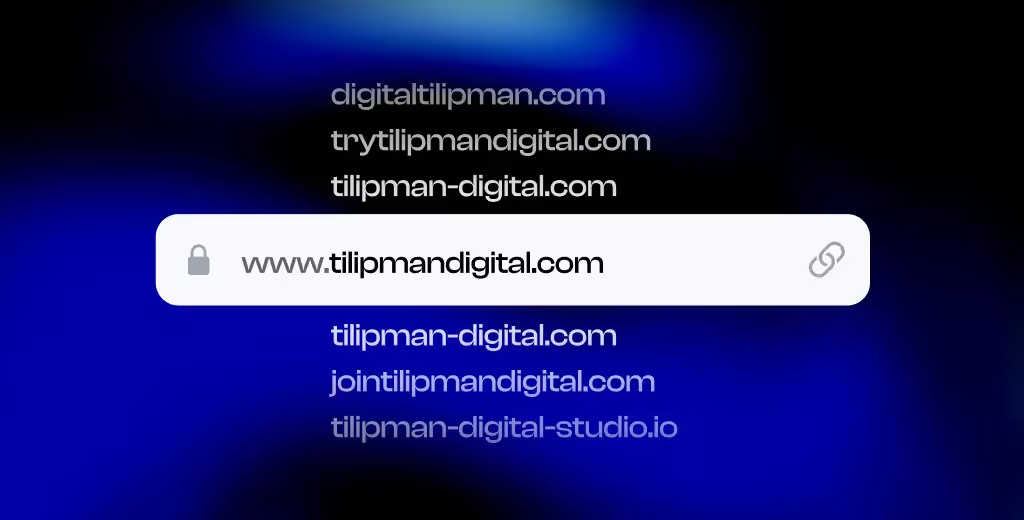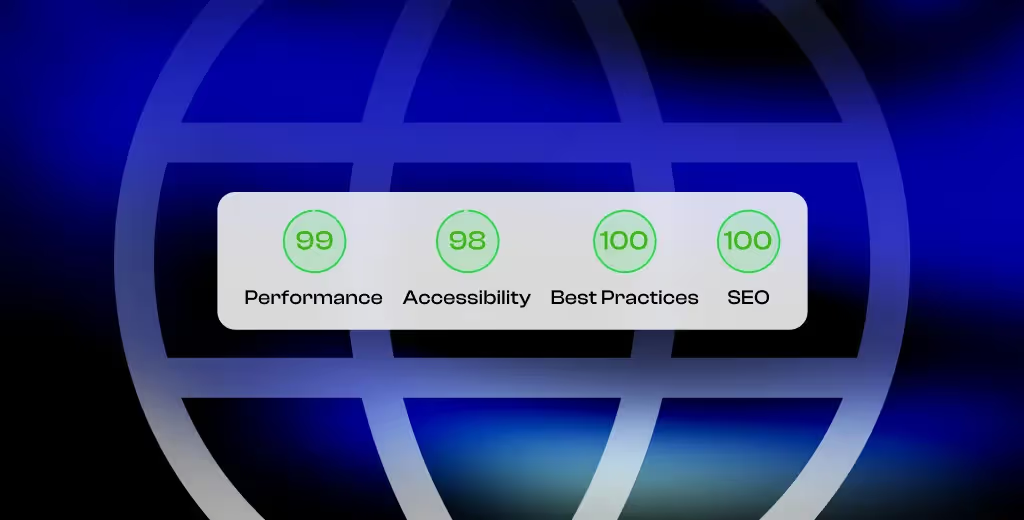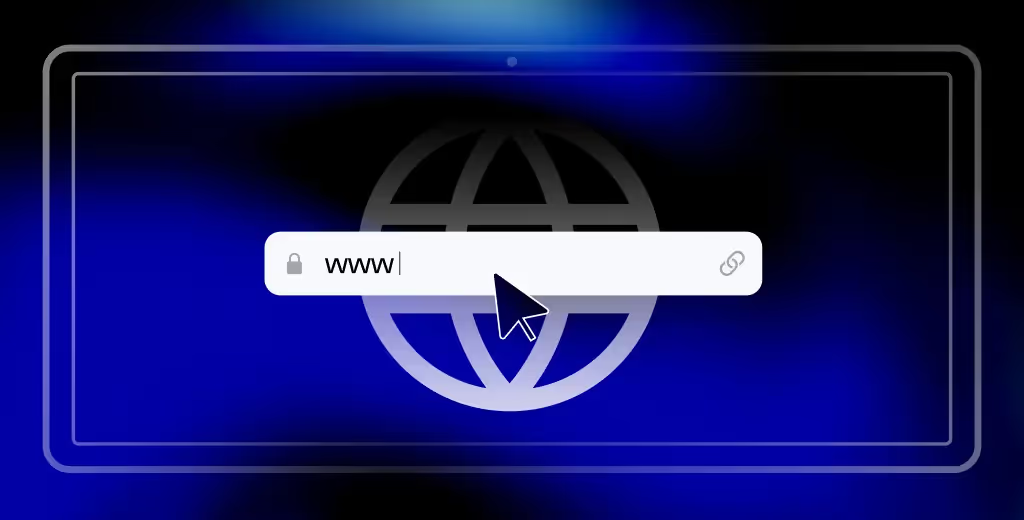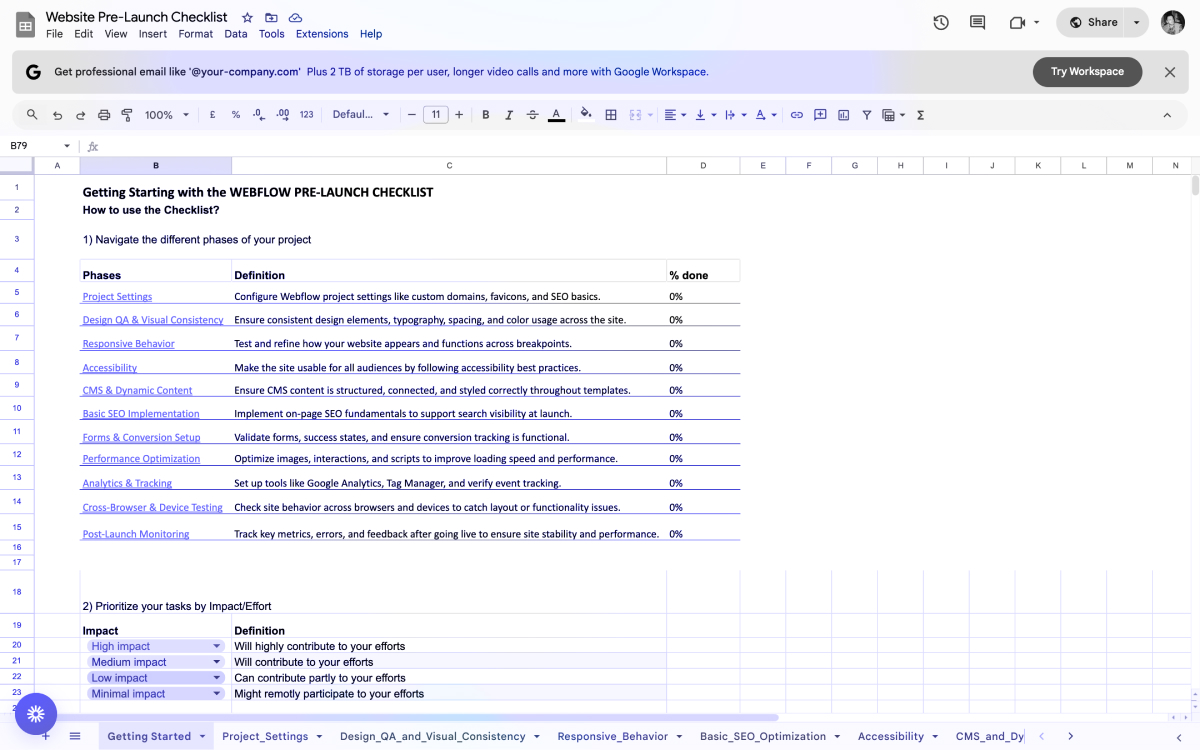In today's day and age, a business without a website is like a storefront without a sign.
Did you know that 97% of consumers go online to find local businesses? That means that social media and your website are likely the first impression a potential customer has of your brand. They play a crucial role in building trust, showcasing your offerings, and ultimately driving sales.
But let's face it: building either your site or social media presence can feel overwhelming, especially for startups that are juggling a million things and working with limited resources.
Where do you even begin? We have answered which of the two you should focus on in our social media vs website guide. If you've already chosen to build a website, your next concerns are to create a website that looks good, effectively communicates your brand message, and achieves your business goals?
To help you learn how to build a business website, answer all of the questions above, and finally get you the website you desire - you should keep reading and take in as much as you can from our guide below.
Planning Your Website
Before you dive headfirst into website design, it’s crucial to lay a solid foundation with careful planning. Think of it as the blueprint for your online home—and for B2B companies, that starts with a clear B2B website strategy to align your site with business goals and buyer needs.
Your Goals
First, define your goals. What do you want to achieve with your website? Are you aiming to generate leads, sell products online, build brand awareness, or simply provide information to your audience?
Knowing your objectives will guide your decisions throughout the entire process.

Target Audience
Next, identify your target audience. Who are you trying to reach with your website? What are their needs, interests, and online behaviors?
Understanding your audience will help you tailor your website's content, design, and functionality to resonate with them.
Website Features
With your goals and audience in mind, determine the scope and features of your website.
Do you need a website that is simple, a robust e-commerce platform, or a portfolio to showcase your work?
Consider essential features like contact forms, a blog section, customer testimonials, or an online store.
Domain Name
Now, it's time to choose a domain name. This is your website's address on the internet, so make it memorable, easy to spell, and relevant to your brand.
A strong domain name helps with brand recognition and search engine optimization.

Choosing Your Platform
Finally, select a website-building platform. Popular options include WordPress, Wix, and Squarespace, each with its own strengths and weaknesses.
However, at Tilipman Digital, we champion Webflow.
Why? Because it offers unparalleled design flexibility, powerful CMS capabilities, and seamless scalability, making it ideal for startups that are poised for growth.
Designing and Building Your Website
With a solid plan in place, it's time to bring your website to life! This is where your brand's personality truly shines.
Start by selecting a professional website template or opting for a custom design.A visually appealing website is crucial for capturing attention and making a positive first impression; for tips on creating an inviting design, see our article on how to make a website look cozy. Remember, users form opinions about a website in a fraction of a second, so aesthetics matter.
Now, let's talk about the essential pages your website needs:
- Homepage: This is your digital storefront. Make it count with a clear, concise message that communicates your value proposition, compelling visuals, and strong calls to action.
- About Us: Share your brand story, mission, and values. This is where you build trust and connect with your audience on a personal level.
- Contact: Make it easy for visitors to get in touch. Include a contact form, email address, phone number, and links to your social media profiles.
- Product/Services: Showcase your offerings with detailed descriptions, high-quality images, and persuasive language that highlights their benefits.
- Blog: A blog is a powerful tool for sharing valuable content, establishing thought leadership, and attracting organic traffic to your website.
As you design and build your website, keep mobile responsiveness top of mind. In today's mobile-first world, your website must look and function flawlessly on all devices, from smartphones and tablets to desktops.
This is especially crucial for businesses with a strong B2C focus, where the majority of website traffic often comes from mobile devices.
Potential customers are browsing your products or services on their phones while commuting, waiting in line, or relaxing at home. A seamless mobile experience is essential for capturing their attention and driving conversions.
While B2B websites may see more desktop traffic from users in office settings, ensuring a responsive design that adapts to all screen sizes is still crucial for providing a positive user experience and maximizing accessibility for everyone.
Finally, don't overlook website speed and performance. A slow-loading website can frustrate visitors, negatively impact your search engine rankings as well as your conversions. Optimize images, leverage browser caching, and choose a reliable hosting provider to ensure a smooth and enjoyable browsing experience.

Content Creation and SEO
Now that your website has a beautiful structure, it's time to fill it with compelling content. Think of your website as a conversation with your audience.
Valuable Content
Write high-quality, engaging content that is relevant to your target audience and addresses their needs and interests. Use a clear, concise, and conversational tone, just like you're talking to a friend.
SEO
But creating great content isn't enough. You also need to make sure your website is visible to search engines.
This is where SEO steps into play. By strategically using relevant keywords throughout your website content, you can improve your chances of ranking higher in search results. Don't forget to optimize your images and other media with descriptive alt text.
Keep in mind that if you opt for Webflow to be your CMS, you will also have to do your due diligence and master the intricacies of Webflow SEO methods.
Even if you have some experience in this field, it will be valuable to learn exactly how and what needs to be done to get the right formula for success when optimizing a website built in Webflow.
This is where we come in. We specialize in SEO for tech starupts, with a deep focus on Webflow. From technical setup to keyword research and on-page optimization, we help you build sites that rank as well as they look.
Backlinks
And finally, focus on building high-quality backlinks to your website from other reputable sources. This signals to search engines that your website is trustworthy and authoritative.
Launching and Maintaining Your Website
Before you unveil your masterpiece to the world, thoroughly test your website on different devices and browsers.
Ensure all links are working, forms are functioning correctly, and the overall user experience is seamless. Once you're confident everything is in order, it's time to launch!
Analytics and Data
But the journey doesn't end there. Set up website analytics to track key metrics like traffic, engagement, and conversions.
This data will provide valuable insights into how visitors are interacting with your website and help you identify areas for improvement.
Final Thoughts
Building a business website is an investment in your brand’s online presence and future success. By following these essential steps, you can create a site that not only looks great but also connects with your audience and drives growth.
You can take the DIY route, or consider hiring a Webflow agency to ensure your website is built for performance from the start. If you’re weighing budget and resources, our cost of building a Webflow website guide breaks down what to expect for DIY vs professional builds.
Ready to take your online presence to the next level? Contact Tilipman Digital today for a free consultation.






